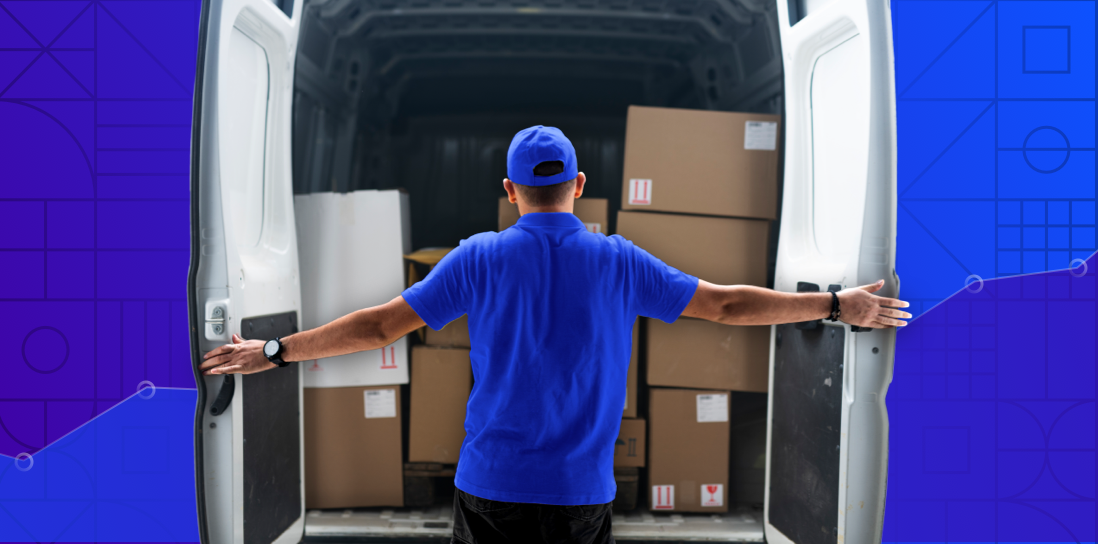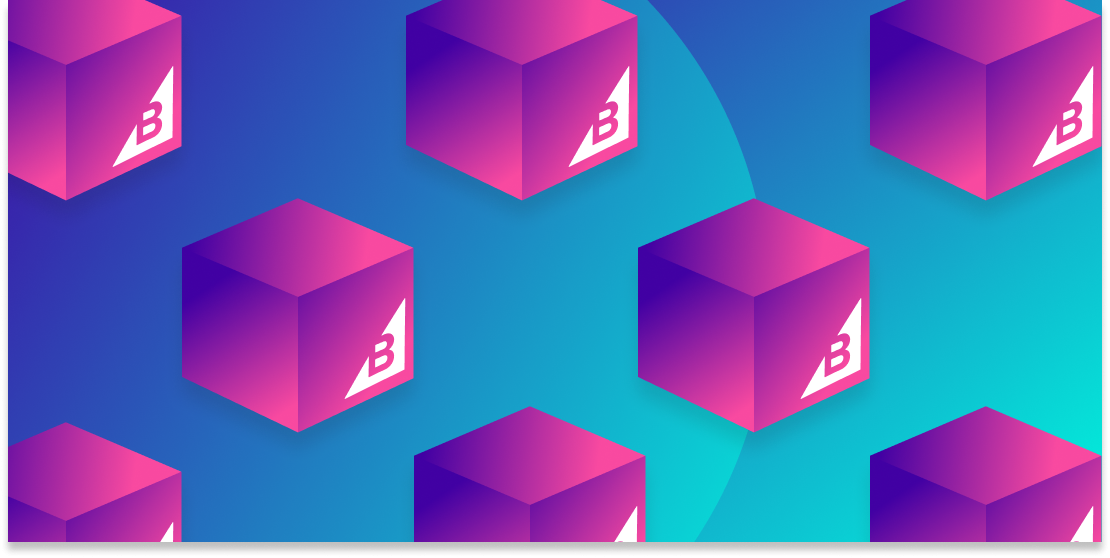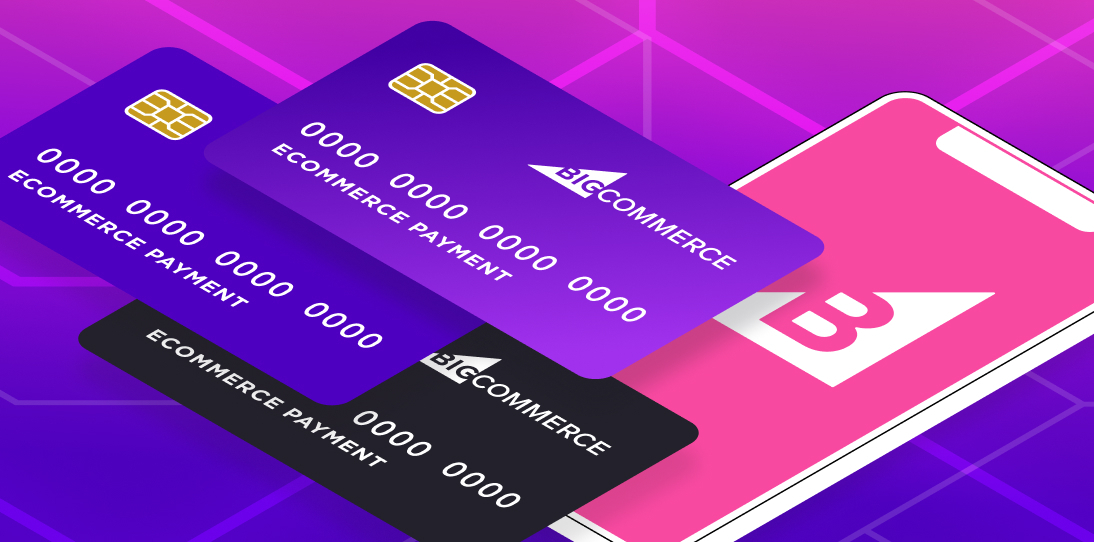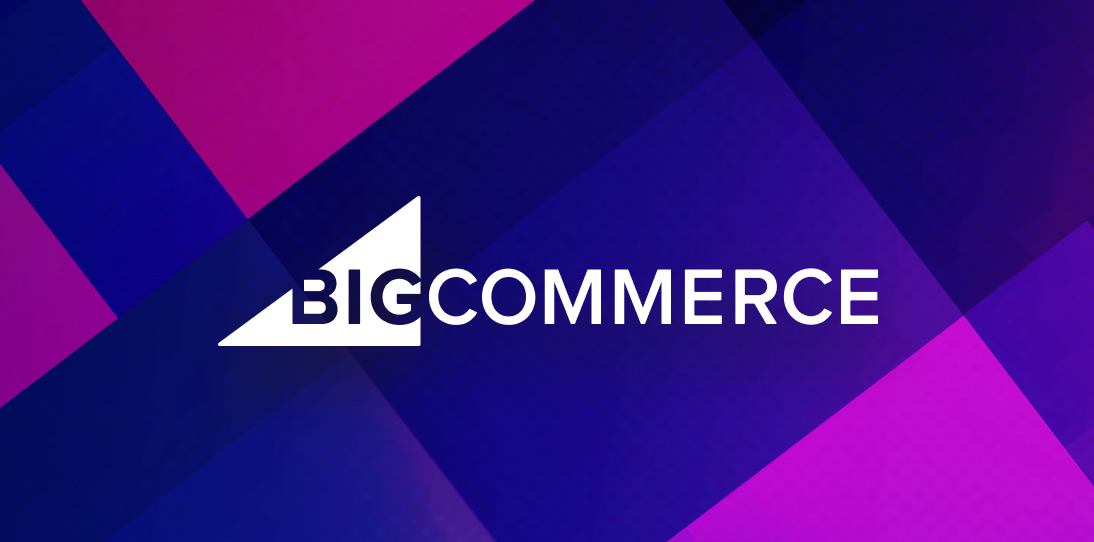- Enterprise
- Essentials
Headless B2B Systems are the New Standard in Ecommerce

Gone are the days of rigid, monolithic architecture. For B2B ecommerce companies, the new trend is to embrace and adopt a headless approach that enables businesses to scale quickly, retain flexibility and move at the speed of business.
Strictly speaking, headless B2B ecommerce separates a website’s front- and back-end systems to create a more flexible development environment.
Architects are free to build systems how they see fit, creating better and more reliable customer experiences. They often leverage Application Programming Interfaces (APIs), enabling platforms to use best-in-breed options throughout their tech stack.
Headless B2B ecommerce platforms are malleable and better suited for modern omnichannel retailers with large numbers of B2B customers. Companies with headless architecture are 77% more likely to expand into new channels.
New channels means more customers — and more sales.
Headless B2B Ecommerce vs. Traditional B2B Ecommerce
Though it may not be apparent to the end user, there are major differences in how headless ecommerce platforms and a traditional approach site structure. There are use cases for both, but the more complex your needs get, the more likely it is that a headless system may be the superior approach.
Headless B2B Ecommerce.
Headless systems are highly customizable and give developers almost limitless options in customization and personalization to meet customer needs. Want to have a system that sells across borders, accepts cryptocurrency and recommends products based on purchase history? A headless system is capable of doing that and more.
Traditional B2B Ecommerce.
A traditional B2B ecommerce system has the frontend and backend attached and reliant on each other. These are perfectly fine for basic solutions that don’t require non-standard functionality. However, they struggle to incorporate new technology and can be difficult to work in.
How Headless Ecommerce Helps B2B Companies Thrive
For modern B2B ecommerce websites, the headless approach is increasingly becoming the norm. For B2B organizations, the advantages it holds in creating ecommerce experiences over traditional systems are significant.
Incredible flexibility.
Decoupling the frontend and backend means you can do significant customization to either, without impacting the wider ecosystem. If you want to use a frontend API that doesn’t necessarily work well with your backend architecture, that potential conflict is eliminated before it becomes an issue.
Fully customizable.
Related to the above, headless solutions over a wealth of options and templates. The frontend can be built from the ground up to create a bespoke solution specifically designed for a quality user experience.
Increase efficiency.
Customers expect a clean, quick buying experience. A headless approach enables ecommerce platforms to remove unneeded parts and quickly make changes. If you have a product that suddenly has high demand, a headless approach is best equipped to scale and make alterations in response.
Omnichannel implementation.
Omnichannel sales are no longer something that’s nice to have, it’s something you have to have. Selling across a host of third-party sales channels expands your touchpoints and exposes your products to significantly more eyes. Headless systems can leverage APIs that automatically push your products to any number of additional platforms.
Makes marketing agile.
Changes in messaging can take time to push to market. However, a headless solution in which you need to update a product once before it’s pushed to all channels simplifies this. This expands to entering new markets or selling across borders.
Seamless integrations.
Modern B2B ecommerce platforms are taking advantage of multiple third-party vendors for everything from payments to security. Headless solutions make integrating these disconnected systems easier.
Communication between separate systems like an enterprise resource planning (ERP) platform isn’t always easy, but headless commerce solutions remove some of the potential roadblocks.
Better buying experience.
In the end, this all adds up to a superior buying experience. The end user is the most important stakeholder in B2B ecommerce and headless systems are best equipped to deliver them what they want and how they want it, from product consideration to checkout.
Headless Commerce
Made for speed and flexibility, BigCommerce has the most headless integrations.
Learn MoreHeadless B2B Ecommerce Challenges to Monitor
While headless approaches may be superior to traditional digital commerce, they do come with drawbacks. These should be considered during the decision-making process.
Increased cost and complexity.
With additional functionality comes additional complexity — and with this complexity comes additional costs. Integrating additional SaaS solutions and APIs can increase costs, although the return on investment tends to support doing so.
Requires a larger team of developers.
Headless systems can be challenging for developers, so an increased headcount typically follows their launch. There will be expanded needs and expenses, but that’s part of the price of doing business.
Should Your B2B Ecommerce Business Go Headless?
Of course, your situation is unique to you. There is no definite template to follow to determine if you should go headless, but these are some questions you should be asking.
How mature is your business?
Startups or early stage companies with limited product offerings may not need the added burden of a headless system. However, established companies with more fully-flushed out markets are good candidates.
If they have a good understanding of their customers and the market they’re operating in, they’re better prepared to deliver an ecommerce solution tailored to them.
How complex is your product offering?
If you’re only selling a few products, or a few variants of one, you’re less likely to reap the full benefits of a headless system. However, as a company matures and their product catalog expands, it may become more of a challenge to keep products updated. This is where a headless approach works best.
Can you afford the monetary and business commitment?
Launching a headless system takes resources, both time and money. The system will likely pay for itself over time, but the short-term pain is real. If the initial commitment is too much, you’re likely better off sticking with a traditional ecommerce system.
Headless Ecommerce Use Cases for B2B
Headless systems can touch many parts of your business, not just a customer-facing platform. External and internal processes and workflows can benefit from headless approaches.
Content management systems (CMS).
A new CMS is often the first step when deploying a headless system. A headless CMS is ideal for omnichannel selling, giving development teams a quick and easy platform to work in and future proofing technology.
For companies with a significant ecommerce presence, a headless CMS can be a significant upgrade.
Digital experience platforms (DXP).
A DXP enables companies to quickly manage and deploy their digital presence to provide a better customer experience. This can provide opportunities for personalization or build a large data lake to use for customer insights.
Progressive web apps (PWA).
PWAs combine the best of mobile and web apps to create a greater optimization. They create websites with the look and feel of a mobile app. The flexibility headless systems provide make them perfect for deploying and managing these rich experiences.
Free B2B Masterclass
Want to grow B2B online sales faster? Start now by enrolling in our free B2B Masterclass.
Get StartedThe Final Word
Headless B2B ecommerce systems may not be right for a company that is just starting out, but as scalability becomes an issue, a headless approach is almost mandatory. The advantages in flexibility and ease of use make them ideal for building a thriving storefront.
FAQs About Headless B2B Ecommerce
Is headless architecture the future of B2B ecommerce?
It is until something comes along to replace it. With the digital transformation fully underway, all trends for B2B ecommerce show headless systems becoming the standard.
Does BigCommerce provide headless capability?
With headless, brands can create ecommerce experiences using powerful APIs. At BigCommerce, the core components of our SaaS platform are open to extension and connection to any other environment to increase efficiencies and reduce bottlenecks.
Is headless architecture right for my B2B business?
Only you can know if your organization is mature enough to make the change. You’ll need to take a full inventory of your business needs, capabilities and resources before deciding whether or not traditional commerce works or you’re in need of upgrades to your commerce architecture.



